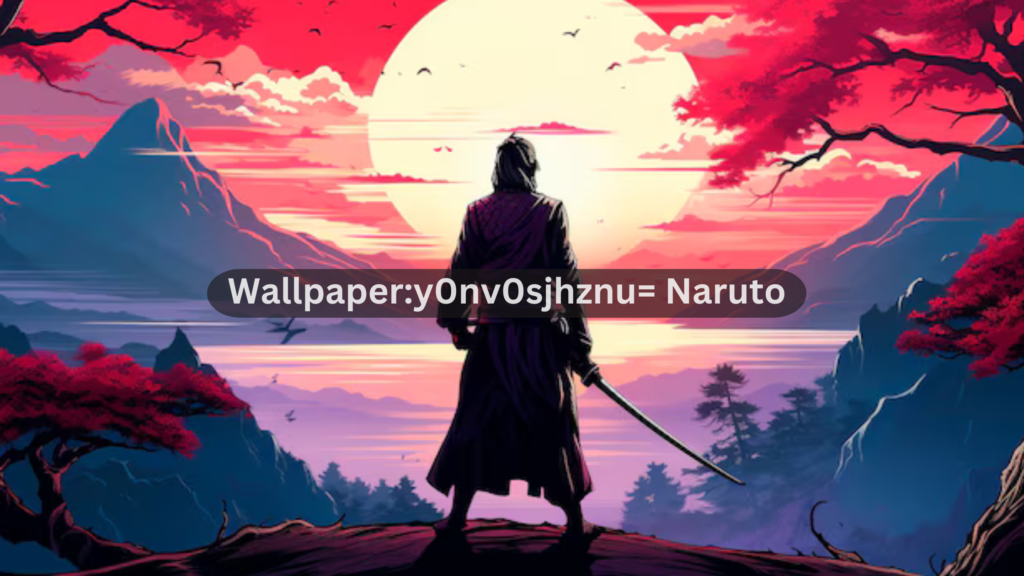Halo: Combat Evolved is a landmark in the history of video games. Released in 2001, its popularity paved the way for a series of sequels and spin-offs that would define a generation of gamers. The 2003 era is particularly significant for the Halo franchise, as this is when the series began to take root as a cultural phenomenon, influencing not only gaming but also art, design, and community engagement. One of the ways this impact manifested was through Halo‘s use of game icons and banners, which became symbols that represented more than just a game—they represented a community.
The Role of Icons and Banners in Gaming
In video games, icons and banners serve as essential visual cues. Icons, typically smaller images, are used to represent in-game items, factions, or actions. Banners, on the other hand, are often larger graphics that serve to communicate key information such as teams, ranks, or specific achievements. In the case of Halo, these visual elements went beyond their practical purposes and became an integral part of the game’s branding.
Halo’s Iconic Symbols and Their Impact
During the early 2000s, Halo established itself as a leader in the first-person shooter genre. One of the key reasons for this was the careful attention to detail that the developers, Bungie, paid to every aspect of the game’s design—including its icons and banners.
The Master Chief Helmet Icon
One of the most recognizable icons from Halo is the image of the Master Chief’s helmet. Introduced in Halo: Combat Evolved, this symbol quickly became synonymous with the game and, by extension, the Xbox gaming platform. The helmet icon represented strength, resilience, and the ongoing battle between the UNSC forces and the Covenant. By 2003, this image was appearing on everything from in-game menus to promotional banners and fan art, cementing it as a visual hallmark of the franchise.
Multiplayer Banners and Clan Icons
When multiplayer gaming began to take off with Halo 2 in 2004, the groundwork had already been laid with the use of clan banners and icons. While not as prominent in the original Halo, these elements were part of the growing customization trends in gaming during the early 2000s. Players would create or select banners to represent their clans or teams, often featuring custom designs that included elements inspired by Halo‘s sci-fi universe.
These banners were displayed in lobbies, during matches, and on online forums, allowing players to form identities around their teams and clans. The presence of unique team icons fostered a sense of camaraderie and competition, which was essential to the growing popularity of multiplayer gaming.
Game Banners in the Halo Community
By 2003, the Halo community had started to take the game’s visual identity into their own hands. Fans began creating custom banners for their online profiles, events, and fan sites. These banners would often incorporate the game’s official icons, such as the UNSC logo or the distinctive weapon designs, blended with user-generated content that reflected individual creativity.
These user-created banners became an important part of Halo’s culture, representing both the player’s dedication to the game and their unique place within the larger community. As the popularity of online forums and fan sites grew, these banners were used as avatars, headers, and promotional tools for community-organized tournaments and events.
Influence on Gaming and Pop Culture
The success of Halo‘s game icons and banners during the early 2000s helped to set the standard for how other games approached branding. Today, it is common to see game icons and banners used as a way for players to express their individuality and allegiance within games. From team banners in Fortnite to character icons in Overwatch, the visual design strategies employed by Halo in 2003 laid the groundwork for these developments.
Moreover, the Master Chief helmet icon and the Halo franchise as a whole became symbols that extended beyond gaming. They appeared on merchandise, in advertisements, and even inspired cosplay designs. The cultural footprint of Halo during this period is still felt today, as it continues to influence new games, art, and entertainment.
Read also: learn to sit back and observe. not everything need – tymoff
Conclusion
The era surrounding Halo in 2003 was a formative time not only for the game itself but also for gaming culture at large. Through the use of memorable game icons and banners, Halo solidified its status as a cultural touchstone, building a sense of identity and community that persists to this day. The visual language of Halo—from the iconic Master Chief helmet to the customizable clan banners—has left an enduring legacy, influencing both game design and the broader world of entertainment.
Whether you’re a longtime fan or new to the series, the icons and banners from Halo offer a fascinating glimpse into how visual elements can shape and sustain a gaming.


